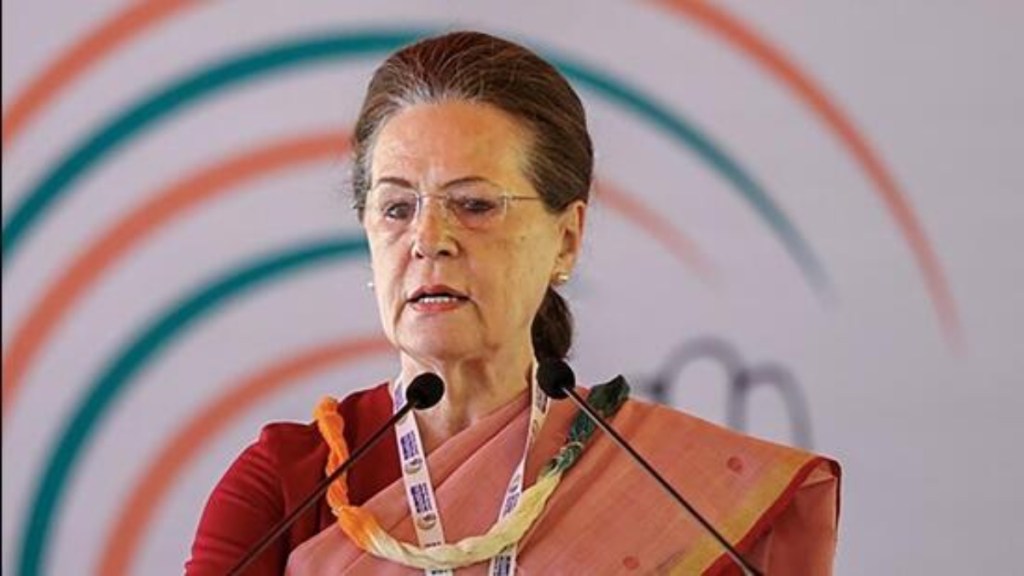UPA chairperson and former Congress president Sonia Gandhi on Tuesday sought to claim credit for the Women’s reservation bill which is reported to have been cleared by the Union cabinet on Tuesday evening. Speaking to the media today, she said, “What about it? It’s ours. Apna hai.”
Her response came as she was entering the Parliament for a historic joint sitting of both the Lok Sabha and Rajya Sabha, as the first session convened at the new Parliament building.
The Union Cabinet on Monday approved the Women’s Reservation Bill on the sidelines of the special session of Parliament, according to sources. Several BJP ministers and MPs have urged women constituents to be present in Parliament in the following days. BJP President JP Nadda had a meeting with them on Monday. However, the government is yet to make an official announcement in this regard.
Also read:Refrain from going to media: Sonia Gandhi’s advice to Congress leaders, Kharge calls for unity
The Women’s Reservation Bill aims to reserve 33 percent quota in the Lok Sabha and state assemblies for women. Although no official statement has been issued, it was widely assumed that the women’s reservation measure was adopted during the lengthy, over 90-minute Cabinet meeting on Monday.
When asked about the Women’s Reservation Bill, Congress leader Sonia Gandhi simply remarked, “Apna hai.”
Congress MP Adhir Chowdhury also emphasised that the bill was first brought by Congress leader Sonia Gandhi. He stated, “We want the Women’s Reservation Bill to be brought and passed as soon as possible. The demand for the Women’s Reservation Bill was initiated by the UPA and our leader Sonia Gandhi,” he said, according to ANI.
According to sources quoted by The Indian Express, the Union Cabinet, chaired by Prime Minister Narendra Modi, cleared the Women’s Reservation Bill on Monday. This bill seeks to provide a 33 percent quota to women in Parliament and state legislatures. However, it is unlikely to be implemented in the 2024 Lok Sabha elections. It will be rolled out only after the delimitation process is over, most probably in 2029.
(With inputs from ANI)

